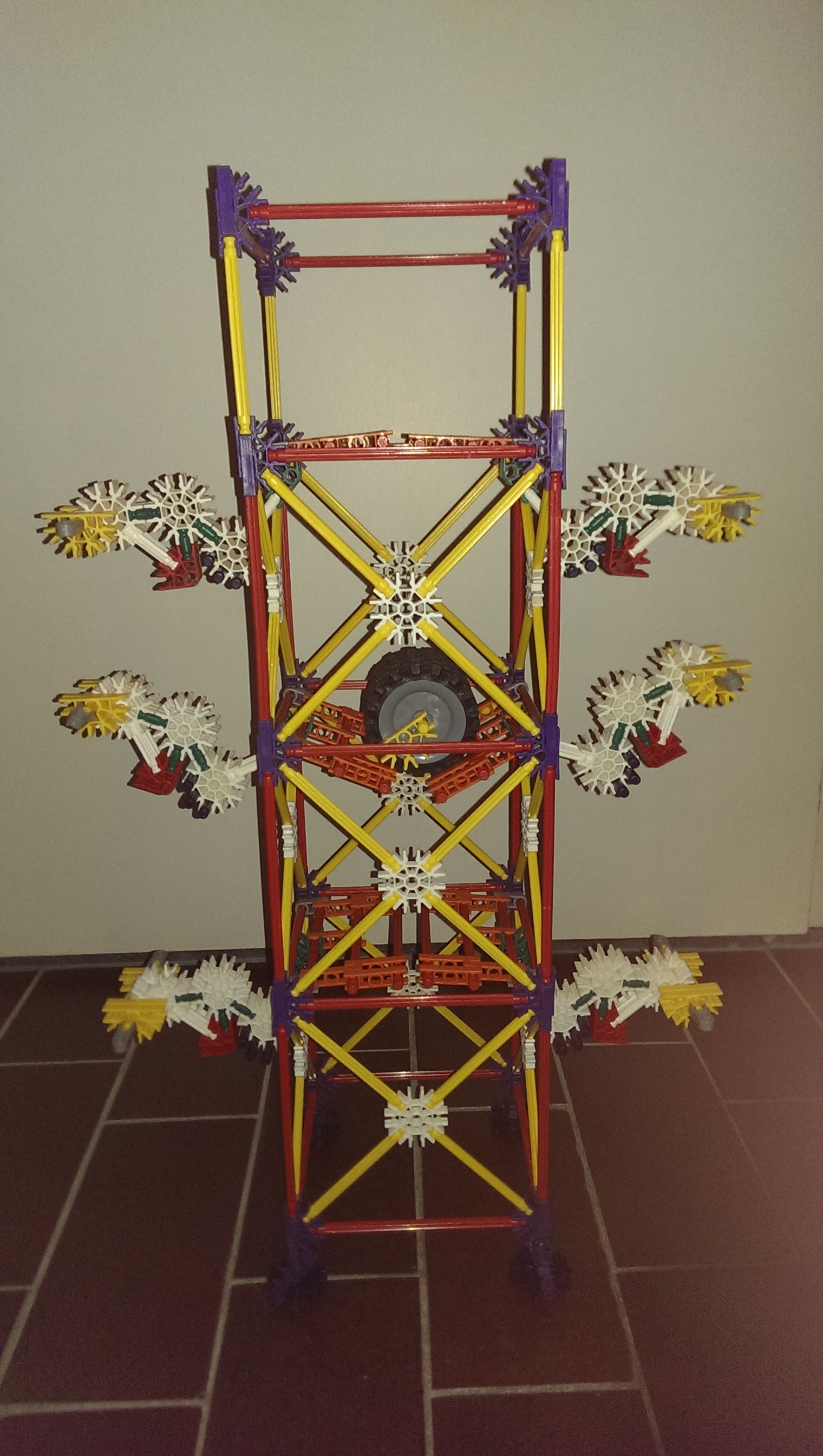Chimney
| Project Trajectory | Project Pages | ||
|---|---|---|---|
| Home | Problem Definition | Opening | locker |
| Planning and Milestones | Background Research | Chimney | |
| Meetings | Requirements | Chimney to Cubby | |
| Design Method(s) | Brainstorm | Cubby to Person | |
| Personal Logs | Concepts Chosen | Software | |
Build plan
We found existing solutions to the problem we had in our chimney. In the chimney packages have to be moved down to a lower level. Of course, this has to happen with caution so the content of the package does not break. The solutions we found are made by the company Qimarox, which is a leading manufacturer of components for material handling systems.[1] Their material handling systems are made in such a way that they are quickly and easily installed and modified to fit its application, they are versatile and can combine different task, and they require little maintenance.[1] Especially the first and the last of these three properties come in very handy in our application. They offer three different products for the vertical movement of packages. Of these three products, two are especially promising for our chimney, the Prorunner mk1 [2], and the Prorunner mk5 [3].
Prorunner mk1
The Prorunner mk1 looks most like the package elevator we had in mind. It is a simple platform that it moved up and down. It is a sturdy steel structure that can lift packages up to 100 kilograms and has a capacity of up to 650 movements per hour. These specifications both exceed our demands. Such a system in our chimney will only have to be able to handle packages of up to 2.5 kilograms, and it will never receive more than 650 packages in an hour.[2] Maybe it is possible to make a similar system that is smaller and is more limited, which could make it cheaper too.
Prorunner mk5
The Prorunner mk5 is more like the 'Mill' concept we had in mind. It makes use of a vertical conveyor belt with platforms attached to it. This is also a viable option, but can handle even more packages an hour than the Prorunner mk1, namely 3,000, and it can handle packages up to 50 kilograms.
After looking at the specifications of both products a system like the Prorunner mk1 looks more viable for our chimney than the Prorunner mk5. It is smaller, simpler, and cheaper. It would be even better to have a similar system that does not exceed our requirements as much as the mk1 does. This would make it even cheaper and just as good for our chimney.
[1] About Qimarox
Test Plan
Because we will be building a chimney with a lift only we don't need to test to see which is better anymore.
main question

The main question of the chimney will be whether rollers or flaps are better at bringing the package down through a chimney.
This question has to be tested. And to test this we will build a chimney and install rollers one time and flaps the other.
We have started working on the chimney with the flaps first. We could not find any literature on such a system. Therefore, we decided to first just try it out. To do this we used K'nex. K'nex was chosen because it is easy to build something with, easy to make changes to and it keeps the structure open, so it is easy to see what is happening inside. We then built a model with K'nex which uses counterweights to provide the necessary resistance to the flaps. The model was also tested by dropping some heavy objects through it and the system looked promising. The model succesfully made smaller drops out of one large drop, guiding the package down relatively calmly. We even dropped a telephone through it. This model has the same functionality such a system would have in our mailbox, but we do not think using counterweights are very practical.
After some time we came to the conclusion that the flap-chimney might work pretty well. However, we quickly realised we had forgotten a very good option for transporting the packages vertically. An elevator system for the packages is the option we completely overlooked. We then quickly came to the conclusion that that would be a far better solution than the ones we had already thought of. Therefore, we have now switched our research towards elevator systems.